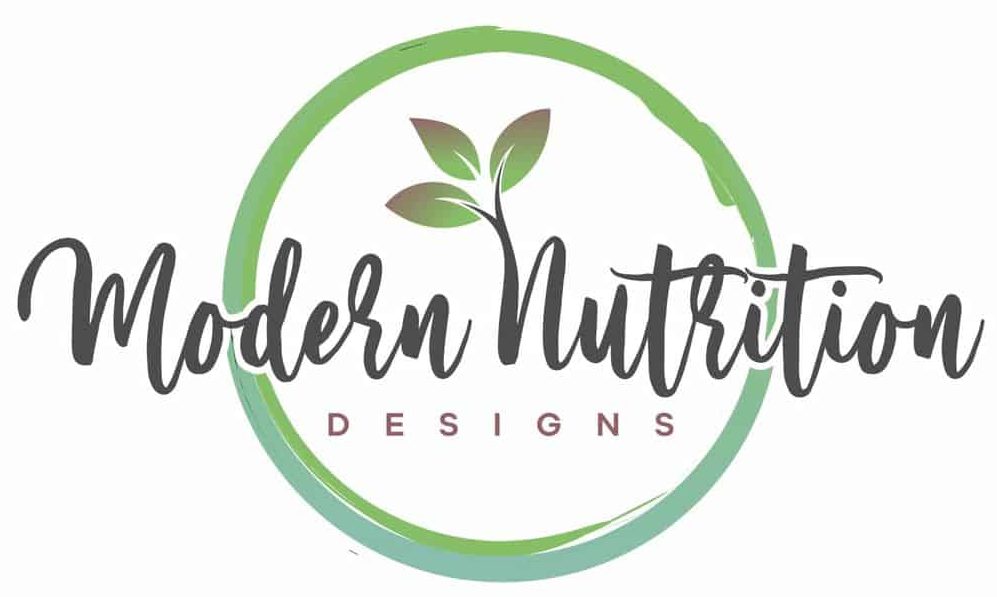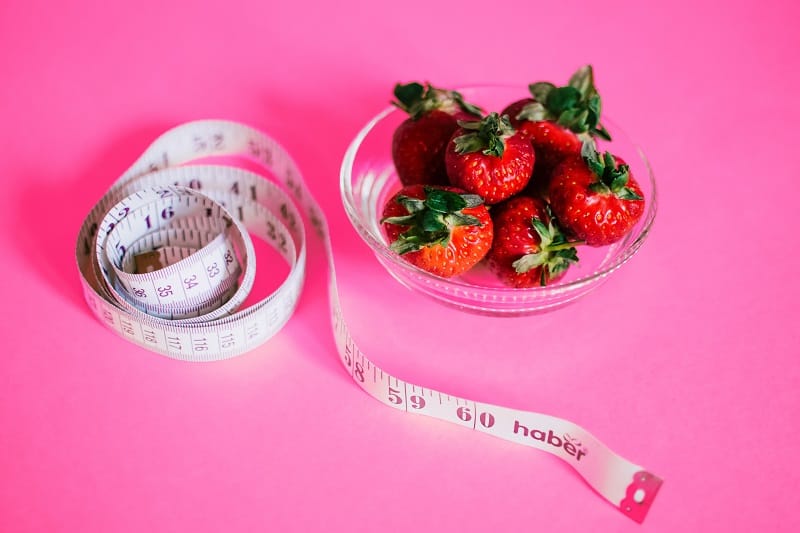There is a lot of ongoing confusion regarding the best dietary carb to fat ratio for effective, sustainable weight loss. I have spent a lot of time trying to weave through the fallacies and misrepresented science to come to my own conclusions and determine how to safely construct my diet. In the end, it truly comes down to common sense… and thousands of scientific studies.
Low-fat diets, such as predominant plant-based diets, consistently reveal a more sustainable weight loss outcome than that of low-carb alternatives, such as the keto, Atkin’s, or paleo diet. Low-fat diets show promising results for maintaining a lean body weight long-term.
Let’s take a further look into what a low-fat and low-carb diet consists of, the rationale behind each one, and their implications for weight-loss.
Low-carb diets
What do you eat on a low-carb diet?
Although these various food groups may vary slightly from paleo to Atkin’s, and ketogenic variations, they all have the same basic objective. That is, of course, to consume foods with a generally low amount of carbohydrates while encouraging foods with high amounts of dietary fat and protein.
This pattern of dietary intake typically consists of the following foods:
- Meat
- Fish
- Eggs
- Vegetables grown above ground (non-starchy veggies)
- Dairy
- Poultry
Foods to avoid on low-carb diets
Those following a low-carb diet attempt to refrain from sugars and starches, while encouraging foods with high-fat and high protein compositions.
Here is a list of the foods generally restricted on a low-carb diet:
- legumes (beans, lentils, split peas, chickpeas)
- potatoes
- grains (wheat, rice, quinoa, buckwheat, rye, barley, etc)
- sugar
- fruit
- nuts & seeds (sometimes)
- refined carbohydrates (bread, pasta, pastries, cookies, pizza crust, crackers, etc.)
The rationale for eating low-carb diets for weight loss
The basic premise for consuming a low carbohydrate dietary pattern for weight loss is that carbohydrates impact insulin levels and, in turn, cause the body to store fat. Therefore, if you do not consume any carbs, there is no opportunity for insulin levels to rise, and thus, no fat storage.
Carbohydrates are used as the body’s main fuel source. Complex carbs (starches) are broken down into simple sugars during digestion. They are then absorbed into the bloodstream, where they are known as blood sugar (glucose).
Rising levels of blood sugar trigger the body to release insulin. Insulin helps glucose enter the body’s cells. Some glucose is used by your body for energy, fueling all of your activities, whether it’s going for a jog or simply breathing. Extra glucose is usually stored in your liver, muscles and other cells for later use or is converted to fat.
Again, the idea behind the low-carb diet is that decreasing carbs lowers insulin levels, which causes the body to burn stored fat for energy and ultimately leads to weight loss.
NIH
Low-carb diets & weight-loss
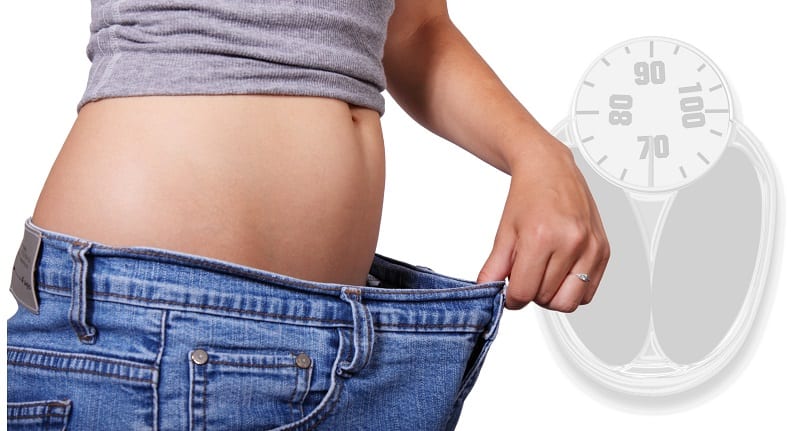
In general, low-carb diets remain very popular due to their initial weight loss results. People tend to drop pounds within the initial 3-6 months on the diet, but most not only gain back the weight, some even gain back more weight than when they began the diet. How can this be?
Well, it seems that people on low-carb diets lose mostly lean body mass in the form of water and muscle. This results in weight loss, but not fat loss. Lean body mass is the type of mass you want to preserve on any diet, really. Lean mass is what provides your body with movement and at least 50% of its energy.
Lean mass keeps your metabolism moving and keeps your body trim. When losing weight, preserving muscle is key because muscle burns fat, and fat is ultimately what you are really trying to reduce.
This tendency to seemingly lose weight on low-carb diets in the form of water and protein is what is known as the “billion-dollar gimmick“. Low carbohydrate advocates have turned low-carb dieting into a billion-dollar industry because of this phenomenon.
What’s even worse, people following low-carb diets actually begin to experience metabolic slowing to preserve their fat stores. By the time you have completed your stint on a low-carb diet, you end up with less lean weight and a higher body fat percentage.
Thousands of studies have been done to determine which diet strategy is truly more impactful, low-carb or low-fat. Meta-analyses (pooled statistics from multiple similar studies) have shown that when given the same amount of calories, but in the form of low-carb or low-fat, participants consistently lose more fat on low-fat diets.
The video below does an excellent job of elaborating on the major points described in this section.
Which diets are considered low-carb?
Ketogenic (Keto) diet
The ketogenic diet, also known as the ultimate low-carb diet, was originally created as a medical treatment for severe cases of pediatric epilepsy. It is quite concerning that people have converted a medical therapy into a weight loss fad due to the risks involved with any medical procedure.
Ketosis is the term used to describe a metabolic adaptation our bodies utilize during times of famine or starvation. When all the body’s glucose and glycogen reserves have been utilized, which may take as little as 24 hours, the body shifts to using fuel from ketone bodies in fat stores.
To achieve ketosis, you would need to eat 75 percent of your calories from fat, compared to 20-35 percent normally. It also requires 5 percent of calories from carbohydrates, about 20-50 grams per day, and 15 percent of calories from protein.
So, ultimately the keto diet requires the following dietary pattern:
- low protein
- low carbohydrates
- high fat
Foods that may be consumed on a keto diet are things like:
- fatty fish
- eggs
- dairy
- meat
- butter
- oils
- nuts
- seeds
- low-carb vegetables
- unsweetened chocolate
- coconut oil
People tend to make the mistake of substituting their normal calories with those from unhealthy fats. It’s important to consume healthy fats on a ketogenic diet vs saturated or trans fats.
Major risks that have been experienced on the keto diet are the following:
- low blood pressure
- kidney stones
- constipation
- nutrient deficiencies
- increased risk of heart disease
- social isolation
- disordered eating
- Keto is not safe for those with any conditions involving their pancreas, liver, thyroid or gallbladder.
- upset stomach
- dizziness
- decreased energy
- mood swings
The good news about this diet is that it is incredibly difficult to maintain, so people will likely not be on it long. And thus, less harm will be down to their system.
Paleo diet

The paleo diet is more flexible with the carb to fat to protein ratio. Followers of this diet eat more carbs than keto folks typically, and thus less fat.
Individuals following a paleo-based dietary pattern try to focus their caloric intake on the following:
- meat
- poultry
- fish
- eggs
- vegetables
- fruits
- nuts
- seeds
These folks also refrain from eating these items:
- processed foods
- grains
- legumes
- dairy products
The overall premise behind a paleo diet is that the human diet should resemble that of our preagricultural, paleolithic ancestors who lived between 2.5 million to about 10,000 years ago. Therefore, any dietary inclusion humans have cultivated within the past 10,000 years is considered inconsistent with our natural evolutionary needs.
Foods developed within the past 10,000 years are the major items abstained from on this diet, such as:
- whole grains
- legumes
- dairy
- processed foods
The reasoning behind the diet is that the human body is genetically mismatched to the modern diet that emerged with farming practices — an idea known as the discordance hypothesis.
Paleo folks attempt to mimic the hunter-gatherer approach to a healthy diet. This is a great idea in theory, but it comes with several issues that are completely incapable of being reenacted in our modern-day world.
Preagricultural diets consisted of:
- wild plants
- wild animals
- wild fish
These food items varied tremendously depending on the season, location, available tools, hunting and gathering skills, how many people were involved in the hunting and gathering, etc.
Animals consumed today, however, are far from a wild animal characteristic body composition. Even organic, grass-fed, free-range animals have a considerably higher body fat and cholesterol percentage than animals that existed 10,000 years ago.
The animals that existed during paleolithic times composed an estimated 6 to 16% of calories from fat compared to the 40-60% of fat consumed by modern domestic animals. Again, this includes those that are grass-fed and free-range.
People greatly overestimate the number of animal sources that our paleolithic ancestors were able to successfully hunt down and consume. There were no freezers or refrigerators to preserve your bounty. You had to eat the carcass right there on the spot. You were also likely to be sharing the carcass with several other individuals.
Insects were actually the main source of protein for an individual existing 10,000 years ago. This has been proven by anthropological studies on preserved paleolithic fecal matter.
In fact, 80% of the paleolithic era was spent consuming a diet that more closely resembled a plant-based vegan diet. As people migrated further away from the equator during the final 20% of the era, they were forced to rely less on plants and more on dead, decaying animals and insects.
Atkin’s diet
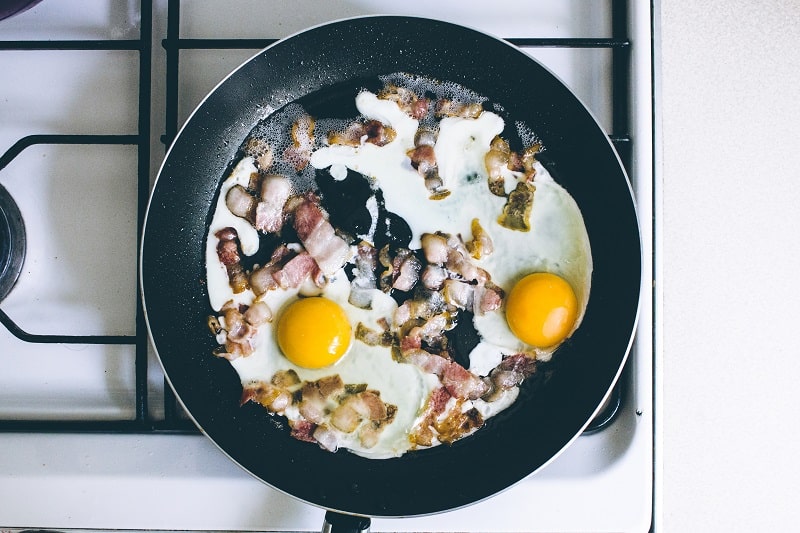
The Atkin’s diet was the pioneer of low-carb fads. It originates from the 1960s by the cardiologist, Dr. Robert C. Atkin’s. Dr. Atkins purported that you can eat all the protein and fat you like to lose weight, as long as you do not eat carbohydrates.
As with the other low-carb diets, the Atkin’s diet is based on the premise that by limiting carbohydrates your body will shift from burning sugar to burning fat.
The diet holds that eating too many carbohydrates — especially sugar, white flour, and other refined carbs — leads to blood sugar imbalances, weight gain, and cardiovascular problems
The Atkins Diet says that you don’t need to avoid fatty cuts of meat or trim off excess fat. Rather, controlling carbs is what’s important. There is no calorie counting or portion control. You simply keep track of how many grams of carbohydrates you consume throughout the day.
For instance, a half-cup of broccoli provides 2.3 grams of carbohydrates and 1.3 grams of fiber. So the net total for carbohydrates in the half cup of broccoli is 1 gram.
Foods that are supported on an Atkin’s diet:
- beef
- pork
- lamb
- chicken
- bacon
- eggs
- fatty fish
- low-carb veggies
- full-fat dairy products
Foods to avoid on an Atkin’s diet:
- sugar
- grains
- vegetable oils
- “diet” and “low-fat” foods
- trans fats in the form of hydrogenated oils
- high-carb veggies
- high-carb fruits
- starches
- legumes
The major claims of the Atkin’s diet are that the low-carb plan will:
- Burn off fat stores
- Regulate blood sugar
- Help you achieve maximum health
- Will not leave you feeling hungry and deprived
- Improves high blood pressure and metabolic problems
- Improves energy
Not only are these claims far from accurate, but there are many risks that should be explained to people before starting a dietary pattern similar to the Atkin’s diet.
When Dr. Atkins Diet Revolution was first published, the President of the American College of Nutrition said, “Of all the bizarre diets that have been proposed in the last 50 years, this is the most dangerous to the public if followed for any length of time.”
Dr. John McDougall
Any diet supporting the consumption of large amounts of bacon, eggs, and butter should raise a number of red flags. Most of the foods on the Atkin’s plan have high amounts of cholesterol and saturated fat while providing very low amounts of fiber, water, and micronutrients.
The last three missing components are the major aspects necessary for any diet consumed for weight loss, that is:
- fiber
- water
- micronutrients
Without the above major components, you will likely be unsuccessful in losing or maintaining any amount of weight for extended periods of time.
The Atkin’s diet is not popular today because people following the diet soon recognized its dangers, and its inability to assist with long-term weight loss. In the short term, just with the paleo and keto diets, you do lose water weight. But in the long term, a lack of carbohydrates leads to overall gains in body fat down the road.
The video below will explain some of the dangers of the Atkin’s diet more thoroughly.
Low-fat diets
What do you eat on a low-fat diet?
Typical low-fat diets consist of the following foods:
- fruits
- veggies
- whole grains
- legumes
- nuts
- seeds
Extreme low-fat diets may not include nuts and seeds, high-fat plant foods such as avocados, dried fruit, and coconuts.
Foods to avoid on low-fat diets
Major contributors to dietary fat include the following food items:
- meat
- eggs
- dairy
- heavily processed foods (like cake, chips, soda, candy, cookies, crackers, etc.)
- fast food
- oils
Some people following a low-fat diet choose to keep minimal amounts of animal products in their diet, such as flavoring stir-fries and soups with a couple of ounces of lean meat 1-3 times per week. Basically, these fat-containing animal foods are used strictly for flavoring as condiments rather than the main dish.
The rationale for eating low-fat diets for weight loss
The basic premise for a low-fat diet is simple, the less fat you eat, the less fat you store. Fat provides a higher number of calories per gram than any other macronutrient.
Below you will find each macronutrient and the calories per gram for each:
- Fat: 9 calories per gram
- Protein: 4 calories per gram
- Carbohydrate: 4 calories per gram
Each gram of fat has almost twice the amount of calories found in either a gram of carbohydrate or a gram of protein.
Let’s look at some real food comparisons:
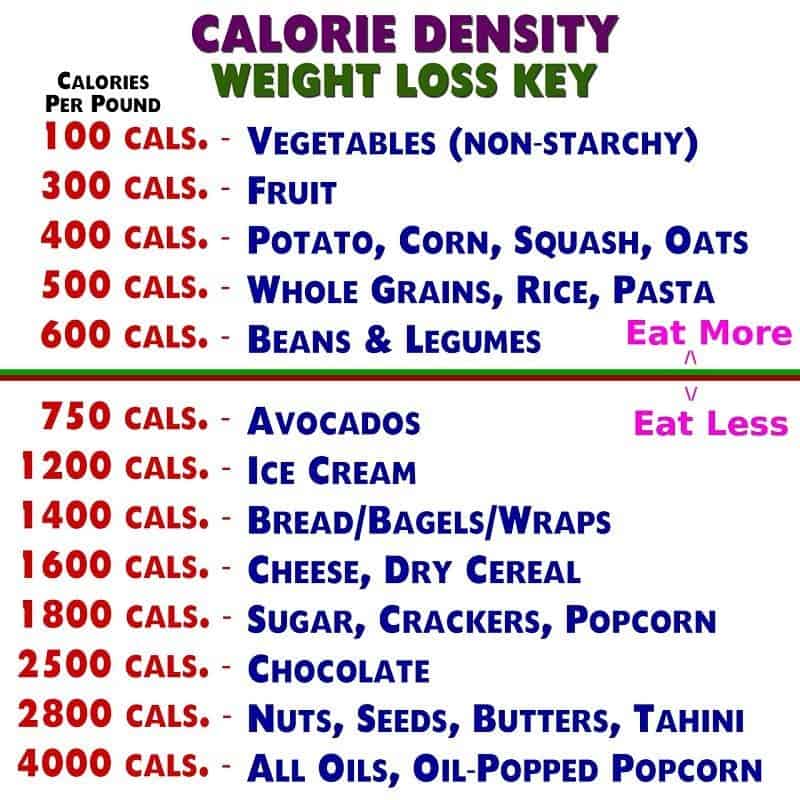
The weight loss key above shows some major foods and food categories in order from the least calorie-dense to most calorie-dense. Those foods with fewer calories consistently contain less fat than those with higher calories, which consistently contain more fat.
For instance, veggies have the lowest calorie density of all foods, so they also contain the least amount of fats. Oils, on the other hand, are pure liquid fat, and therefore, they contain the greatest amount of calories, as well as the highest amount of fat.
By choosing foods with less fat, you will inevitably choose foods with fewer calories, thereby reducing your overall calorie intake. This regular dietary pattern will assist in weight reduction or weight stabilization depending on where your weight is when you begin eating a low-fat diet.
Low-fat diets are not a fad. This is simply how our bodies were designed to take in our daily fuel. Our modern-day lives provide an abundance of fatty foods that we, as a species, have never before had such access to.
Sticking to a plain, natural diet of wholesome plant foods will allow your body to return to its healthy weight and stay there indefinitely given the outcome of a life-long low-fat diet.
Low-fat diets & weight-loss
When put to the test, low-carb and low-fat diets have a tendency to lose the same amount of weight in the short run when controlling for other factors. But nobody is interested in losing weight just for the short-run. Weight loss is something you want to achieve and sustain for the long term.
In this respect, low-fat diets have consistently produced greater long term results than low-carb diets, which have a tendency to leave people heavier than when they began the diet.
Why is this? Well, low-fat diets result in a greater loss of body fat, while low-carb diets result in greater lean-body loss. So basically, when you eat low fat, you lose body fat. When you eat low carb (high fat) you gain fat while losing protein and water weight.
While most low-fat diet research on weight loss results in the data described above, other studies are less supportive. The problem with all the confusion and discrepancy in low-fat weight loss studies is that they confuse the public and thus result in diets like Atkin’s and keto purporting that high-fat is beneficial.
But why do some low-fat studies show contradictory results to the data expressed above? The most common confounding factor is the definition of “low-fat”. Some studies, (typically industry-funded studies) consider as much as 30-32% fat to be “low-fat”. When in actuality, 32% of dietary fat is the average percentage of fat found in the American diet.
Other studies may consider 20% fat to be “low-fat”. Some even consider 10% to be the normal amount of fat required by our species, so therefore, less than 10% of calories from fat would be considered “low-fat”.
The point is this, if you are studying the weight-loss implications of a low-fat diet, you need to make sure your participants are actually receiving “low-fat” in order to properly assess your findings.
Overall, most studies that utilize fat percentages of 10% and below seem to result in the greatest long-term weight loss benefits. This holds true even when you do not restrict calories from carbs or protein sources.
Which diets are considered low-fat?
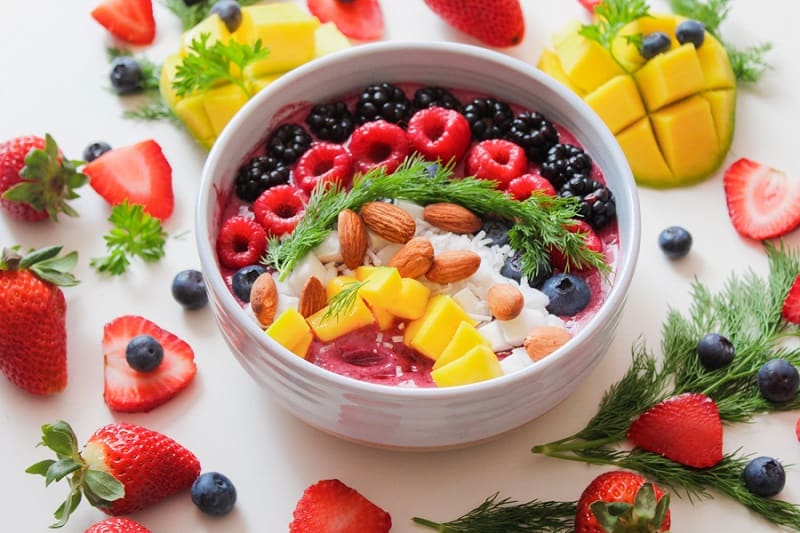
Vegan
A vegan diet may be low in fat calories due to the complete exclusion of animal products from the diet. As we have already discussed above, animal products consist of high amounts of saturated fats, cholesterol, and some trans fats naturally. So removing these items from the diet will inevitably result in lower body weights on average.
Vegan diets typically include the following foods:
- veggies
- fruits
- grains
- legumes
- nuts
- seeds
- processed vegan foods
Vegan diets typically exclude the following foods:
- meat
- eggs
- dairy
- honey
Vegans traditionally choose this dietary pattern out of ethical, moral, or environmental reasons. They tend to have a strong affinity for animals and the ever-diminishing environment. By removing animal products from their diet they are making a moral statement for themselves and for their planet.
Although this may help the animals and the land significantly, this may not help the individual following the diet entirely. How can this be?
Not always, but typically when people change their diet for ethical reasons it doesn’t always benefit their health. For instance, many vegans are considered unhealthy because even though they have removed animal products from their diet, they may live on vegan junk food.
Vegan cookies, ice-cream, pizza, chips, soda, candy, frozen-dinners, cakes, highly refined pasta, etc. may all be considered vegan junk food. These may be staples for some less than conscientious vegans.
Whether you are a junk food vegan couch potato, or a highly active cleaner eating vegan, your BMI is still below that of a nonvegan on average! A BMI is your body-mass index. It basically tells you how much body fat you are carrying by dividing your weight by your height.
Plant-based
Most people who identify with this dietary pattern consume what is known as a whole-foods plant-based diet, (WFPB). This would consist of most or all plant foods in they’re most natural state. So, an example of this would be choosing whole grain rice instead of rice pasta, or peanuts instead of peanut butter.
Many people who choose this lifestyle are also vegan, but it is not required. A vegan is someone who consumes zero animal products.
The following would be considered foods you would NOT eat on a vegan diet:
- beef
- chicken
- pork
- fish
- shellfish
- eggs
- cheese
- ice cream
- milk
- yogurt
- butter
- honey
A plant-based diet is more easily depicted on a spectrum. On one end you have those who eat all plants and zero animal products, similar to a vegan diet. On the other end, you have those who consume slightly more than half of their calories from plants and the rest from animal products.
Yes, I realize those are two very broad ranges to be considered the same type of diet, but it’s the reality. “Plant-based” technically means you are getting more than 50% of your overall calories from plant foods.
If someone is choosing a plant-based lifestyle for health-related reasons, however, it is wise to consume little or no animal products of any kind while sticking to WHOLE, unrefined plant foods.
So those are the two major characteristics of a plant-based diet:
- The vast majority of calories, (if not all) come from plant sources
- The plants consumed are minimally processed or completely unprocessed
For our purposes, I am going to refer to a plant-based diet as one that holds true to the two characteristics listed above. As it is these two factors that establish the major health and weight loss benefits of the diet.
Put more simply, a plant-based diet consists of foods from the following whole food categories:
- Legumes
- Whole grains
- Vegetables
- Fruits
- Nuts
- Seeds
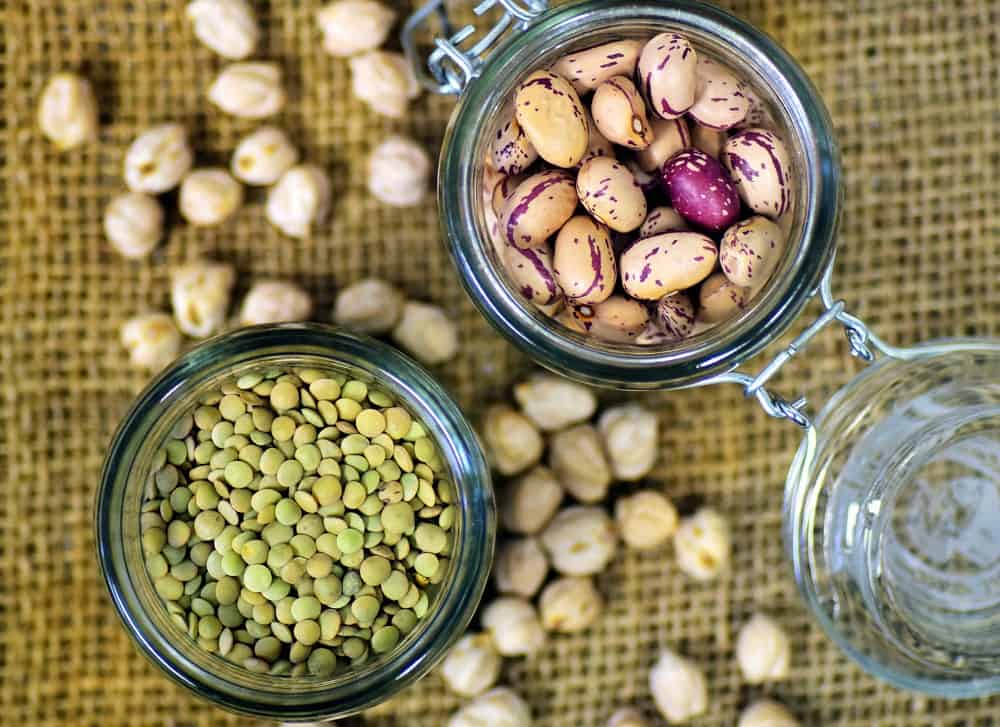
Vegetarian variations
There is an entire array of vegetarian variations.
Vegetarians eat a variety of the following foods:
- fruits
- veggies
- grains
- legumes
- nuts
- seeds
- some animal products
Some currently recognized vegetarian variations are listed below:
- Vegetarian is a broad term that could refer to anyone on a mostly plant diet, but they also consume some animal products
- Lacto-vegetarian refers to those consuming dairy in addition to a vegetarian diet
- Lacto-ovo vegetarians are those consuming dairy and eggs in addition to a vegetarian diet
- Lacto-ovo pescatarian refers to those consuming fish and plants only
- Non-vegetarians or Meat-eaters refer to those who consume meat, eggs, or dairy several times per day
The most compelling studies are those comparing different dietary patterns to disease outcomes. Researchers compare those following vegan, vegetarian, lacto-vegetarian, lacto-ovo vegetarian, lacto-ovo pescatarian, and nonvegetarians to determine which dietary pattern has the greatest disease risk.
The results from these comparative studies clearly depict a pattern showing the more animal products that are incorporated into an individual’s diet, the higher their risk increases for all-cause mortality. That means people are more likely to die for any reportable reason due to the harm placed on the body’s cells, tissues, and organ systems caused by eating meat, cheese, eggs, etc.
Conversely, these studies also reveal that when the diet consists of more plants than animal foods, the disease risk decreases. Here is a bulleted list to bring home the significance of this conclusion:
- Vegans showed the least disease risk
- Vegetarians showed a slightly higher risk than the vegans
- Lacto-vegetarians showed a higher disease risk than the vegetarians
- Lacto-ovo vegetarians had an even higher disease risk than the Lacto-vegetarians
- Lacto-ovo pescatarians had a greater disease risk than Lacto-ovo vegetarians
- Meat-eaters or nonvegetarians had the highest disease risk
Ultimately, these studies show that the amount of animal products in the diet is directly linked to the amount of disease expression displayed by the individual. The greater the consumption of animal foods, the greater the disease risk. The lower the consumption of animal foods, the lower the disease risk.
This is also the case for BMI, by the way. The more animal products consumed, the higher the study subject’s BMI. And vice versa for fewer animal products.
A BMI, or body mass index, simply refers to your height to weight ratio. It is an overall measurement of body fat. Excess body fat is, in and of itself, linked to a number of diseases such as obesity, diabetes, heart disease, and cognitive decline.
Why do people consuming animal products have higher BMIs? Because animal foods contain saturated fat, trans-fat, and cholesterol. These are all things that the majority of plant foods do not contain.
Animal foods also cause a greater percentage of body fat because they lack fiber, water, and most vitamins and minerals. Plant foods are the opposite having high fiber, water, and micronutrient (vitamins, minerals, etc.) content.
Low-carb vs low-fat takeaways
- In all, we should not be focusing on macronutrients (carbs vs fat) as a means of maintaining lean body mass. Focusing on whole foods is a much more applicable strategy for effective, sustainable weight loss.
- In the short-term, low-carb and low-fat followers may sustain the same amount of weight loss.
- In the long-term, low-carb diets appear to be less effective than low-fat diets at sustaining significant weight loss. This is likely due to the loss of lean body mass (protein and water) on low-carb diets and loss of mostly body fat on low-fat diets.
- Low-fat diets are naturally conducive to weight loss because they are low in saturated fats, cholesterol, sodium, oil, and sugar. While these diets are high in fiber, water, antioxidants, and micronutrients.
- Low-carb diets are nonconducive to weight loss because they are high in saturated fat, cholesterol, and sodium. While these diets are low in fiber, water, antioxidants, and micronutrients.
- Low-carb diets are directly associated with an increase in risk for acquiring diseases such as obesity, diabetes, high blood pressure, cognitive decline, and heart disease, while low-fat diets appear to be protective in all the above-listed diseases.
- When choosing a dietary pattern choose one that focuses not only on weight maintenance or loss, but also on its sustainability and healthiness.
Karli Jackson
